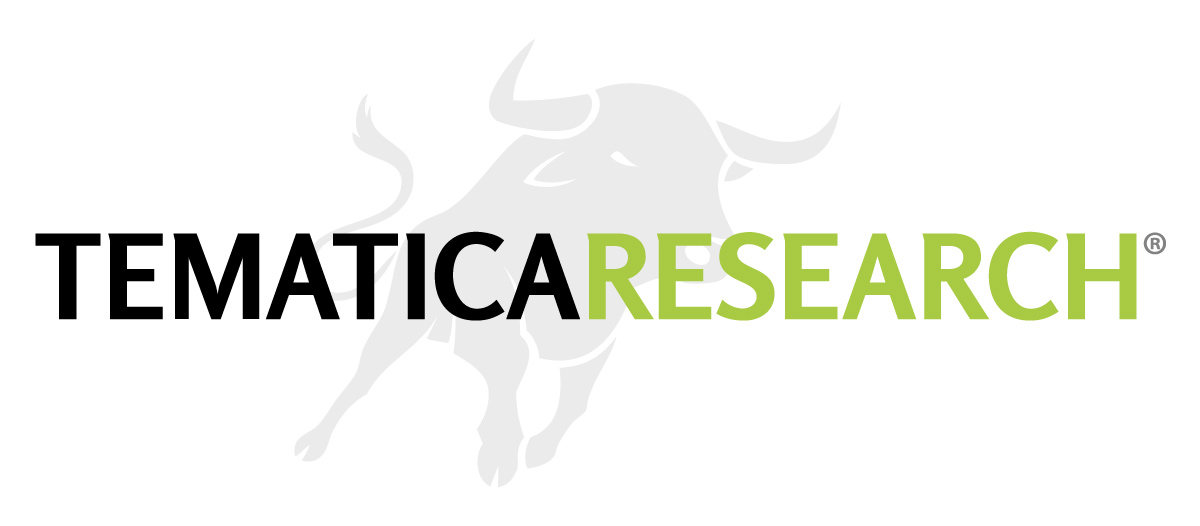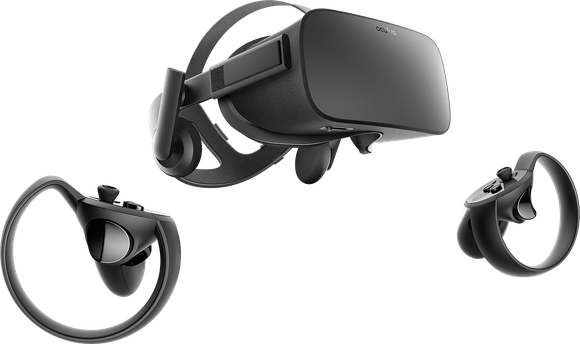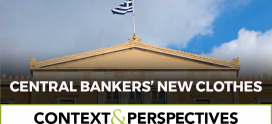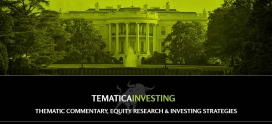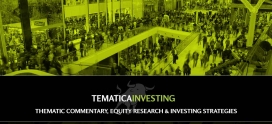IDC Sees Another Hockey Stick Growth Curve in VR Hardware, but…
We’ve been hearing the rumble over virtual reality (VR) grow over the last several months, and now research firm IDC is calling for significant growth in VR shipments over the next five-years. While we can see a growing list of applications, from home repair to healthcare and education, we have to admit it’s rather rare for IDC to see a market without growth that lacks a hockey stick curve. Current price points near $600 still mean the hardware is likely to attract early adopters near-term, but competition from consumer electronics manufacturers that are getting squeezed in other areas (smartphones, TVs, wearables) could help drive prices to more attractive levels. More on this as it develops.
Market researcher IDC has just released estimates on the future of AR and VR over the next five years, and the forecasts look decidedly skewed in the social network’s favor.VR is about to take offIDC sees to combined VR/AR market growing nearly tenfold from 2016 to 2021, to 99.4 million units by the end of that time frame. There were roughly 10.1 million units shipped in 2016, according to IDC.
Last year was a milestone year for the market, since that was when Oculus officially launched alongside other VR/AR headset products. In the years ahead, expanding content choices, new headset products, and progressively lower prices should spur demand as the ecosystem grows.
To that last point, Facebook just reduced the combined price of Oculus Rift and Touch by $200 earlier this month, which now costs about $600 (not including a PC to power the setup).
IDC research manager Ramon Llamas also noted that while consumer demand was driven by tech enthusiasts (mostly gamers), there are also emerging use cases within the enterprise. VR and AR are seen as possible ways to improve worker productivity. That means companies looking to jump in to the VR/AR market will have numerous potential strategies to address the market’s different needs.
